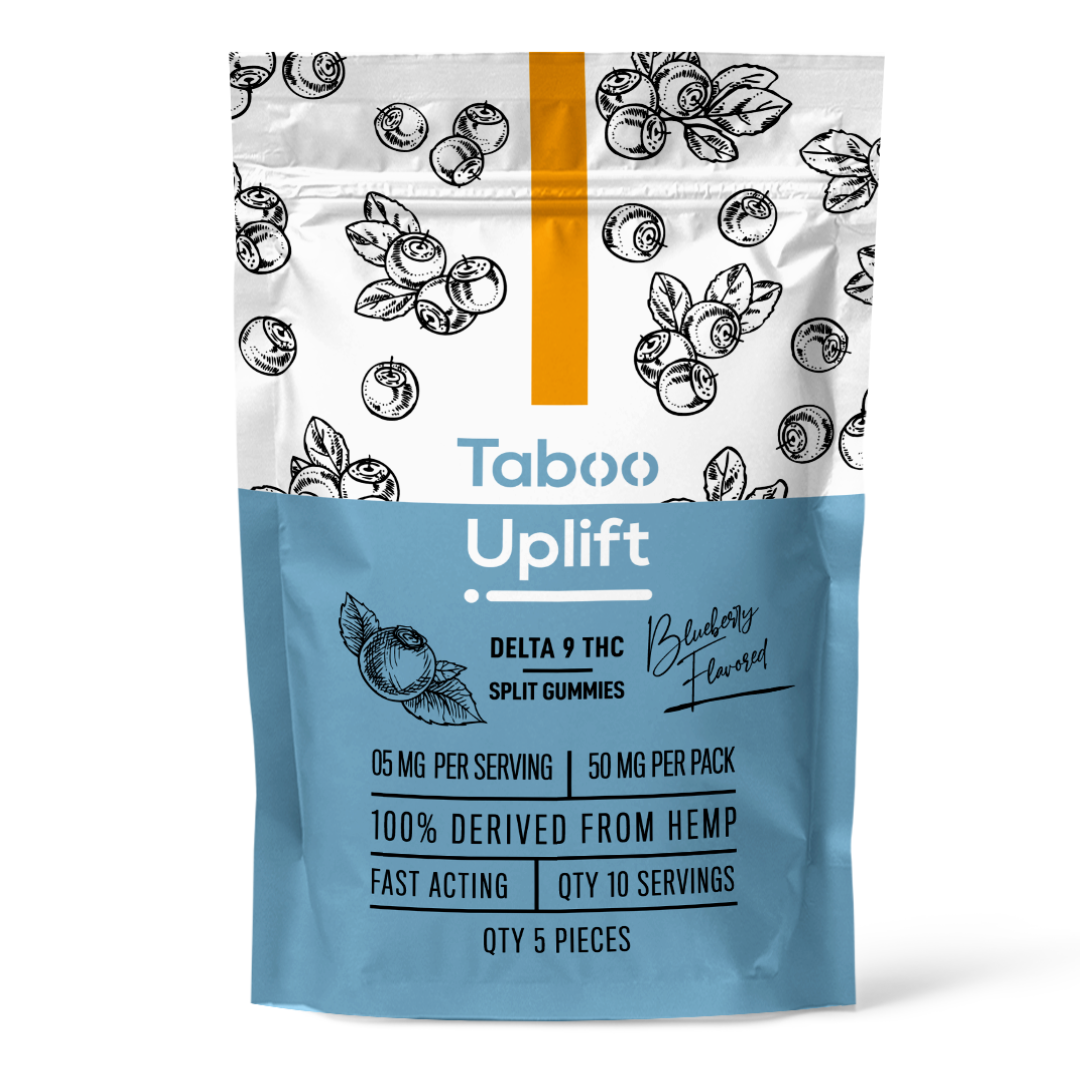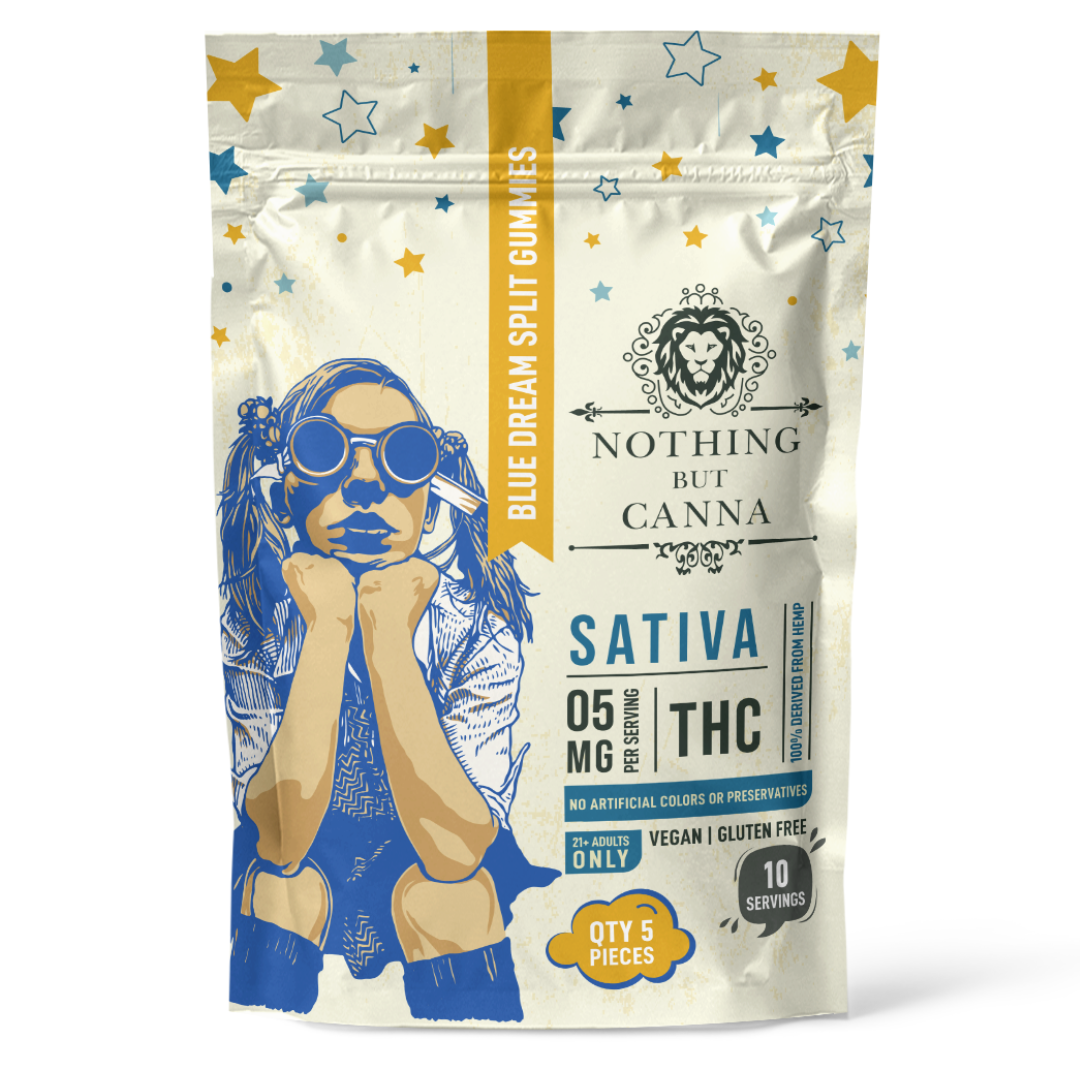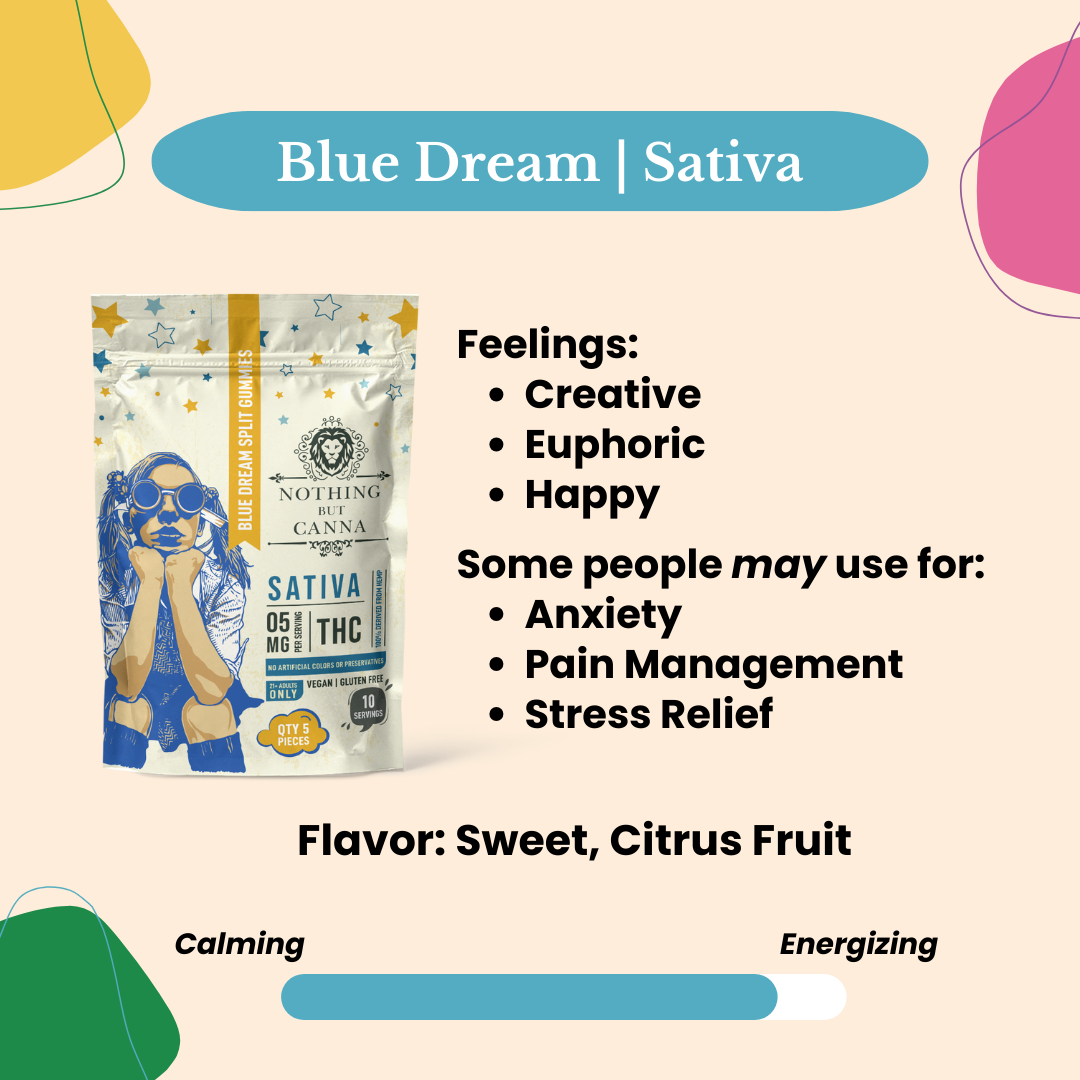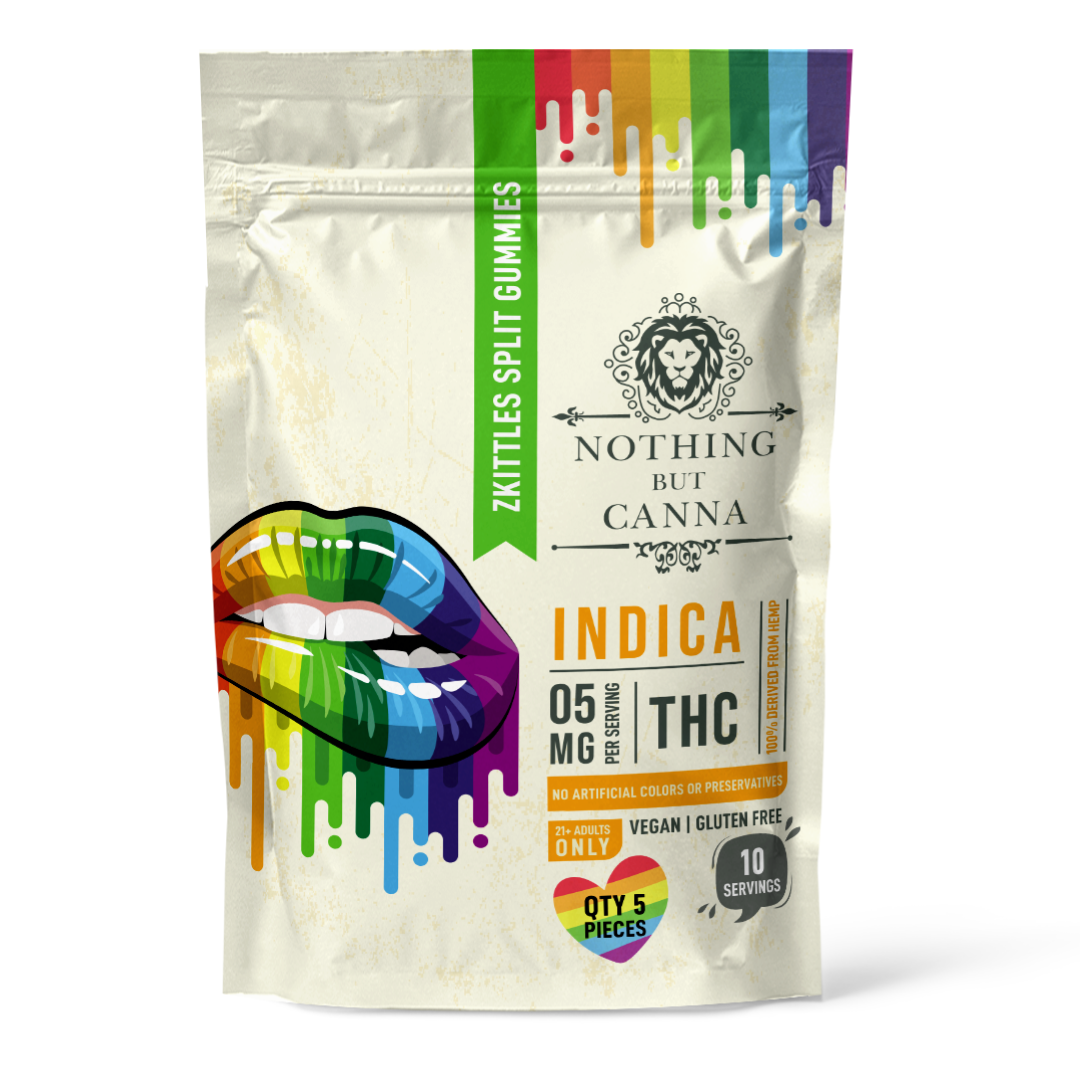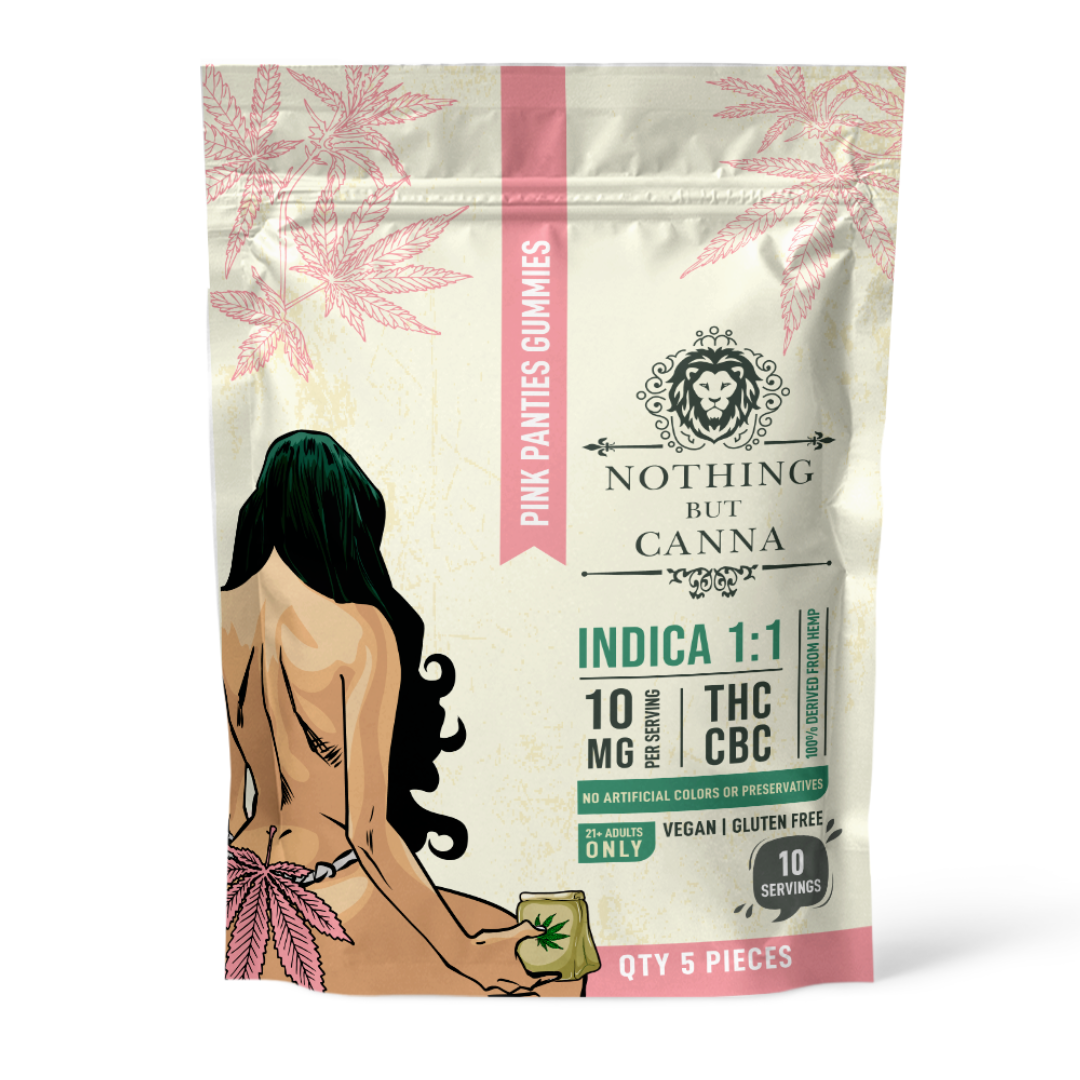
One common misconception about hemp is that it is a pest-free crop, but this is not true. Unfortunately for growers, hemp, like other plants, can be an appealing food source for insects, and hemp that is being eaten by insects will likely be less productive.
Growers and researchers are still learning about the pests that affect hemp. However, some insects that may harm the health of a hemp plant include corn earworm, Eurasian hemp borer, potato leafhopper, cannabis aphids, spider mites, and hemp russet mites.
For hemp growers to be successful, they must find a way to keep their crop healthy and pest-free. Rising to this challenge may be a little easier now than it was when hemp was first legalized. This is because the necessary approvals for pesticide use have begun to catch up with the freedom to grow hemp.
Before growers could select a pesticide, the U.S. Environmental Protection Agency (EPA) had to determine which options it would allow. This approval did not occur fast enough for growers who were ready to invest in hemp right away. This is because the same 2018 Farm Bill that made it legal to grow hemp made it possible for pesticides to be approved for this crop.
The approval process, itself, takes time. To complicate things further, the U.S. Food and Drug Administration (FDA) has not yet determined if CBD will be regulated as a drug or food additive, which can have a big impact on the types of pesticides that growers can use on hemp.
Still, the EPA approved 49 pesticides for use on hemp since December 2019. Nearly all of these options are biopesticides and can be used on organic crops.
While growers preparing for the 2021 season may have a variety of options to choose from, there may be more to consider than meets the eye.
Ric Bessin, a professor of entomology at the University of Kentucky, recently shared several considerations with Hemp Industry Daily. According to Bessin, there are four important details that growers should think about when deciding which pesticide to use on hemp.
Bessin’s first recommendation is to look for “minimum risk” pesticides, which will be labeled as 25b pesticides in the Federal Insecticide, Fungicide and Rodenticide Act (FIFRA). This can be helpful because most pesticides do not specifically list hemp, but products labeled as 25b pesticides are legally required to have accurate labels and to work as advertised. These options may not be registered federally, but may be registered by certain states.
This leads to Bessin’s second recommendation. Bessin suggests than hemp growers familiarize themselves with their state’s interpretation of pesticide regulations. Because each state can interpret the rules a little differently, it may be helpful for growers to verify their options with someone from their state agency responsible for pesticide regulation.
Bessin’s third recommendation is to consider the marketability of the crop. He urges growers to think about the buyer and end consumer of their hemp crop. If the buyer or consumers are looking for a sustainably or organically grown product, it may be valuable for growers to ensure they produce a crop that meets that demand.
Bessin’s final recommendation is to carefully read the labels on pesticides and follow them precisely.
“The label is the law when it comes to pesticides,” Bessin reportedly said. “The first sentence under the directions for use with every pesticide label is, ‘It’s a violation of federal law to use this product inconsistent with its labeling.'”
Determining the best way to keep pests at bay may be only one of the many challenges growers face when working with this long-prohibited crop. However, growers who look for minimum risk options, understand their state’s regulations, plan with the end consumer in mind, and carefully follow labels may be in the best position to maintain the health of their crop throughout the growing season.
Sources
[1] https://hempindustrydaily.com/4-considerations-before-choosing-pesticides-for-hemp-production/
[2] https://www.epa.gov/pesticide-registration/pesticide-products-registered-use-hemp


























